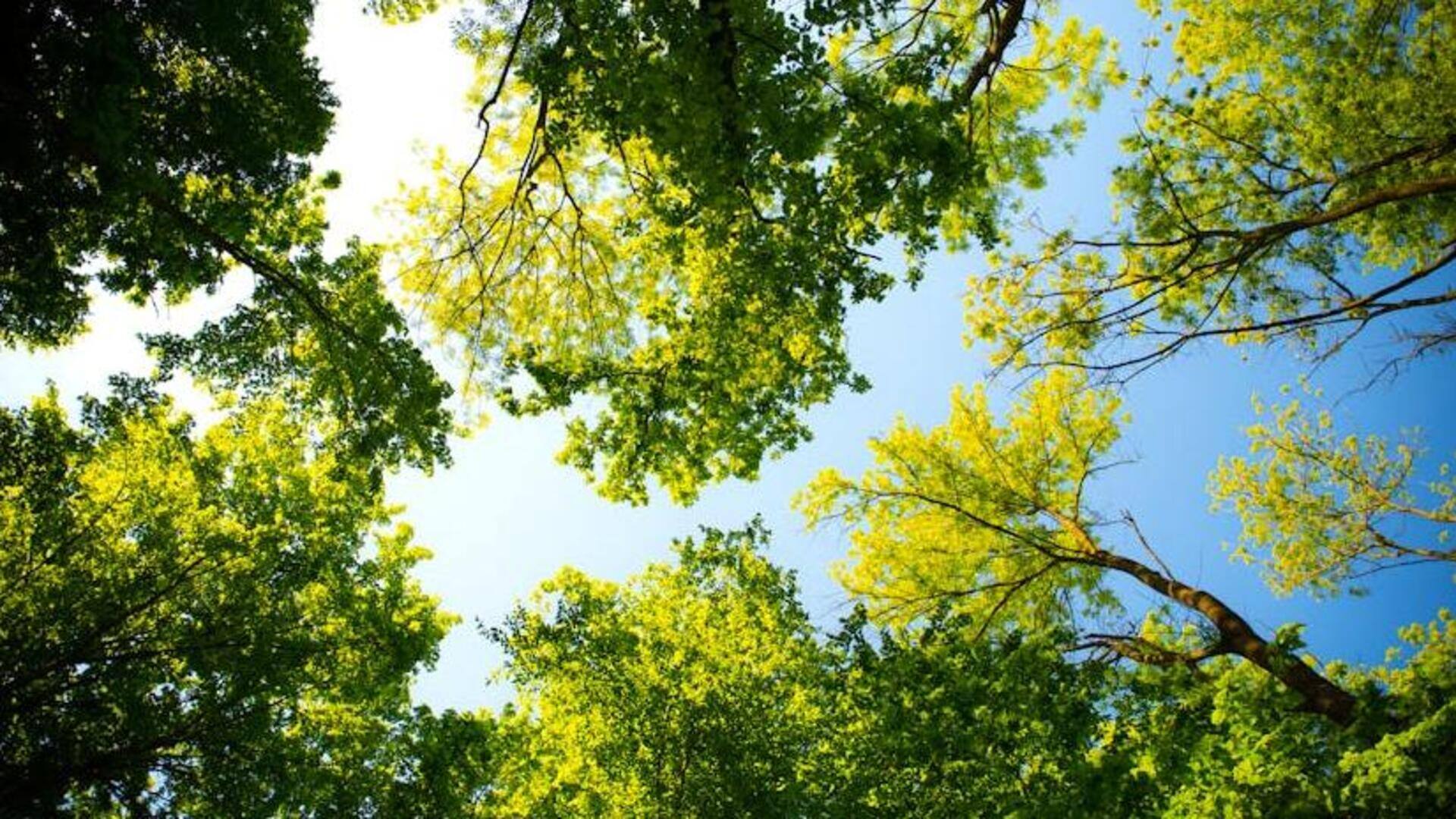A recent study has challenged traditional beliefs about the role of trees in urban ecosystems, suggesting that they may be contributing to Los Angeles's consistent air pollution levels. Despite efforts to reduce traffic exhaust and enhance environmental protections, the city's smog levels have remained steady. This led scientists from Colorado and South Korea to propose in a 2022 study that "secondary" sources of pollution could be responsible for these persistent rates.
Trees and shrubs: Unexpected contributors to pollution The research, published in the journal Science , identifies trees and shrubs as potential contributors to air pollution. The study focuses on terpenoids, organic compounds found in plants that can exacerbate pollutants' harmful effects when released into the atmosphere. These terpenoids transform into volatile organic compounds (VOCs), which react with air pollution to create ozone and fine particulate pollutants.

The study also discovered that plants emit more VOCs due to rising temperatures and drought conditions, both common in Los Angeles. Terpenoids: The largest source of VOCs A multi-institutional team of researchers used a mass spectrometer aboard a plane flown over Los Angeles to measure VOC concentrations. They utilized 3D measurements of wind speeds to identify pollutant sources and found that terpenoids were the largest source of VOCs.
This effect was most noticeable in vegetation-rich areas and on the hottest days. When temperatures exceeded 8.
















